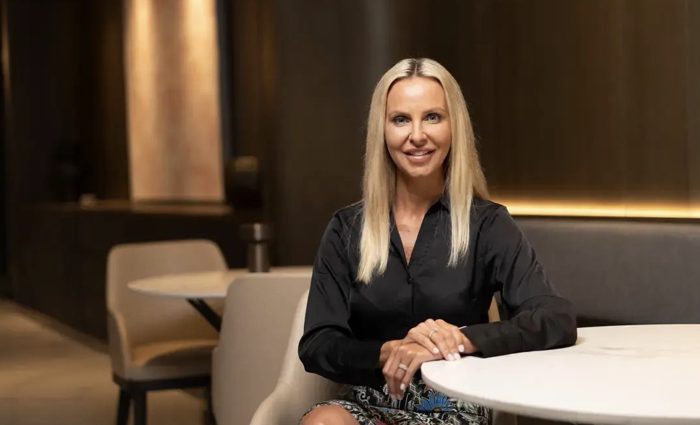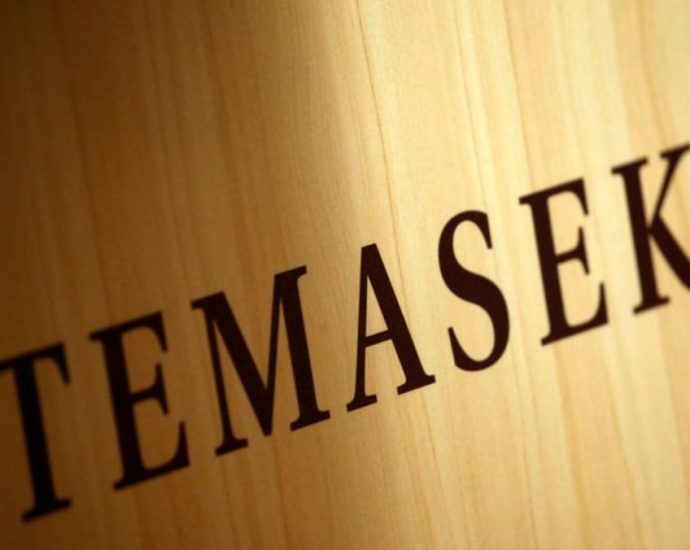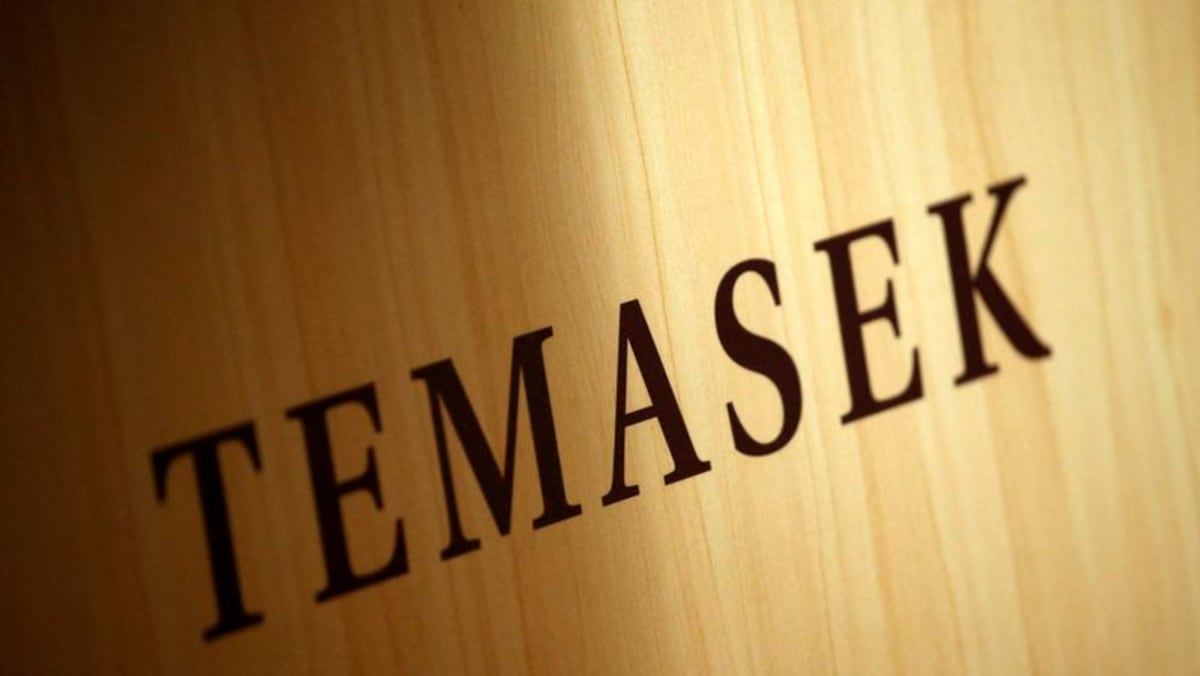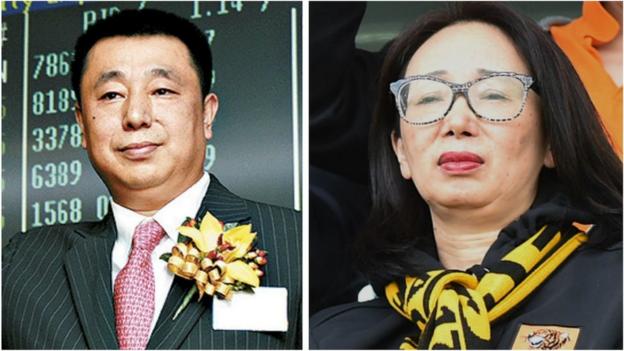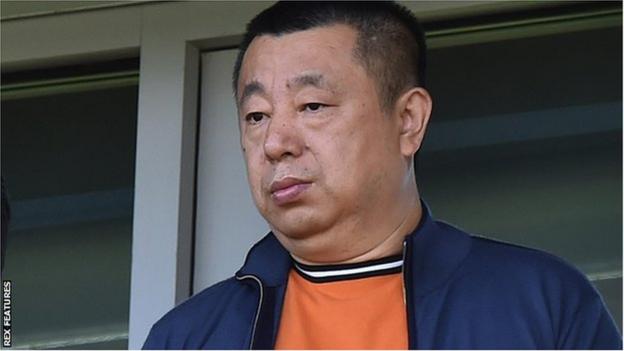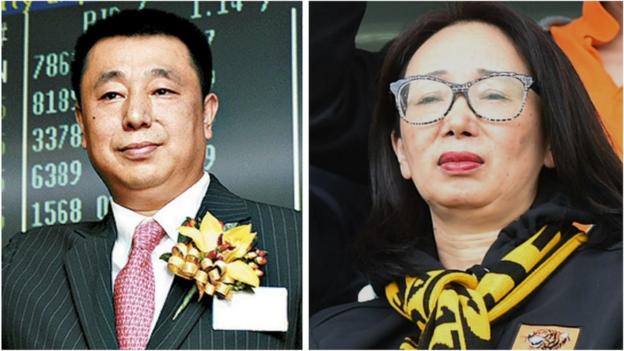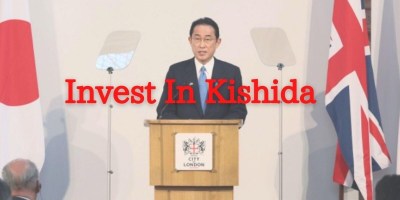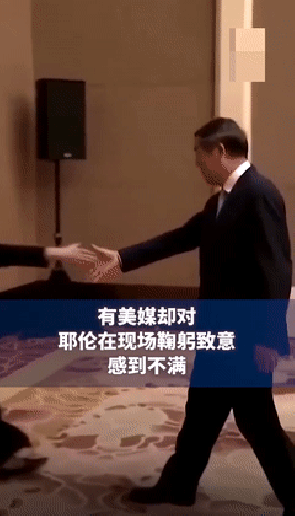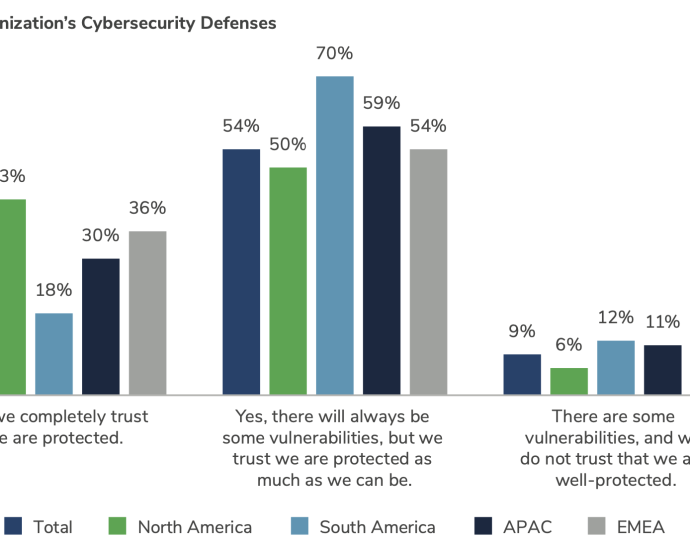AC Ventures’ ESG Head Lauren Blasco Recruited by ASEAN Business Advisory Council for Carbon Center of Excellence
Will serve a five-year term advising public and private stakeholders on voluntary carbon markets.
ASEAN Alliance on Scaling Carbon Markets to be launched, aims to scale up voluntary carbon markets across ASEAN
The ASEAN Business Advisory Council (ASEAN-BAC) Green & Sustainable Working Group has inducted AC Ventures’ Principal and Head of ESG Lauren…Continue Reading

